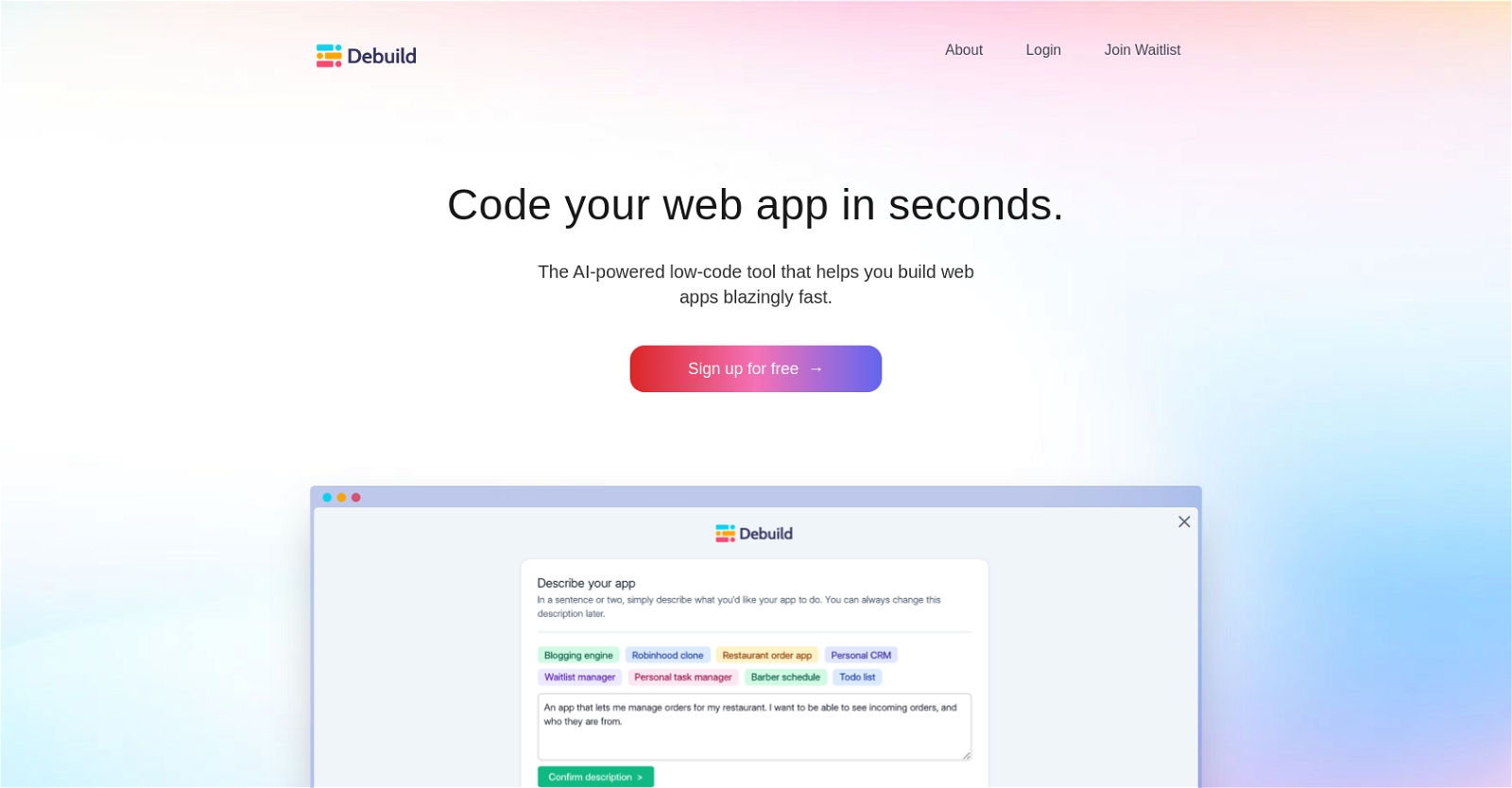Have you ever wondered how to easily and efficiently connect various applications and systems in today’s technologically driven world? Or how crucial it is to get it right to ensure ongoing business success? Perhaps you ponder over how to seamlessly ease this process of integration. This is where the concept of ‘Low-Code Integration’ comes into the picture.
The main obstacle many businesses face when connecting systems and apps is the complexity and time consumption typically associated with such processes. Various sources, like Gartner, and Forrester emphasize the need for robust, easy-to-use tools to combat these issues. They highlight that navigating through numerous applications becomes a daunting task and suggest Low-Code integration as a potential solution to this apparent problem. The proposal to utilize Low-Code Integration is hence rooted in its simplicity and user-friendly nature, which can rectify this glaring issue.
In this article, you will learn how Low-Code Integration can revolutionize the way your business operates by automating complex processes and making system integration a breeze. The journey covers the basics of Low-Code Integration, its many benefits, and how it can transform your business operation by providing user-friendly solutions for complex processes.
Be prepared to delve into the world of Low-Code Integration, where intricate systems and apps connect effortlessly, providing your business an opportunity to operate seamlessly, efficiently, and with unmatched effectiveness. This step into the future of technology and business is just the tip of the iceberg.

Definitions and Key Concepts: Low-Code Integration
Low-Code integration is a simplified approach to setting up connections among different software applications and systems, without needing to write extensive, complex code. This innovative tool means that you don’t need to be a tech whiz to connect and streamline various apps and systems; it’s all about making tech more accessible.
A central aspect of this is Apps, which are software applications designed to perform specific tasks. These can range from your daily weather forecast, online shopping, to complex business process management.
The Systems in this context refer to information systems – these are organized setups for collecting, organizing, and storing information. These could be CRM systems, financial systems or any other software aimed at handling structured data.
Breaking Traditional Code Barriers: Reimagining App Integration with Low-Code Tools
The Power of Low-Code Integration
Innovation has always been the cornerstone of technology, and now, the dawn of low-code integration tools has changed the way we build and integrate applications. Traditional coding processes often require extensive time, resources, and technical expertise. Low-code integration has broken down these barriers, providing a faster, more cost-efficient way to integrate diverse applications and systems within a business ecosystem.
Low-code integration platforms enable businesses to create integrations between different software applications with minimal manual coding. Instead, they use graphical interfaces with point-and-click, drag-and-drop tools to develop integrations. This not only lowers the entry barrier for non-technical employees, but also allows for a faster time-to-market and agility in amending or enhancing integration processes.
Benefits of Adopting Low-Code Integration Tools
The fundamental shift towards low-code tools is driven by benefits that directly impact both efficiency and productivity. The most significant benefits include:
- Streamlined Processes: Low-code integration helps in eliminating repetitive manual tasks, thus automating workflows and enhancing productivity.
- Increased Agility: With the reduced time to develop and deploy, businesses can respond rapidly to changing market needs or customer feedback.
- Reduced Costs: Shifting from traditional coding to low-code means less time spent coding, fewer errors to fix, and in turn, lower project costs.
- Enhanced Innovation: Low-code platforms free up IT teams from mechanical tasks, allowing more time for innovation and strategical tasks.
Despite all these benefits, enterprises must ensure that any low-code platform they consider is robust enough to handle complex requirements of their application integration. The aim should be to find a tool that is broad enough to handle a wide variety of integration scenarios, from connecting to legacy systems to implementing the latest in AI and machine learning technology.
Low-code integration platforms are giving businesses the opportunity to govern their integration architecture without heavily depending on IT. The days of spending considerable investment on complex coding and waiting for months to see an integration go live are now behind us. With low-code integration, businesses are reimagining app integration, creating more seamless, agile, and responsive processes. This technology allows companies of all sizes to be more innovative and adaptive in an ever-evolving digital environment.
Tipping the Scales: Balancing Workflows and Efficiencies with Low-Code System Connection
Why is Low-Code System Connection the Future of Efficient Workflows?
Are we overlooking a powerful method of streamlining processes and boosting productivity? Observations coming out from various enterprises suggest that Low-code system connection might be the silver bullet for balancing a seamless workflow within organizations. With the rapid digital transformation we’ve experienced in recent years, businesses are relying more on different digital applications and systems. It becomes challenging to manage these independent systems cohesively. Low-code system connection acts as a bridge to combine these diverse systems, thus creating a comprehensive digital ecosystem that’s not only efficient but also user-friendly.
Existing Challenges Associated with Traditional System Integration
Typically, the conventional system integration approach is expensive, time-intensive, and requires specialized coding knowledge. This approach creates strain on IT departments and increases risk due to potential errors in manual coding. Businesses often find themselves juggling between system maintenance, bug fixing, and actual project developments. The problem is further exacerbated when different systems need to communicate. Traditional system integration lacks scalability and adaptability, two important factors required in the dynamic digital environment. Heavy coding further necessitates the need for developers’ involvement and training, which hinders workflow.
Success Stories with Low-Code System Connection
Multiple companies have embraced low-code system connections and have seen transformative results. A classic example is a financial institution which was previously struggling with manual document handling and inconsistent data entries. After adopting low-code system connections, the tasks that took days were completed in just hours. Another example is of a healthcare provider that saved considerable manual effort by connecting their patient and hospital systems. This resulted in less paperwork, less waiting time for patients, and improved overall user experience. These examples go to show how automating tasks and connecting different applications/systems with low-code can lead to improved efficiencies and streamlined workflows.
Unravel the Power of Low-Code: Revolutionizing Business Processes through Seamless App Integration
The Influence of Low Code Integration on Business Processes
Ever thought about the limitless capabilities that can be unlocked by allowing data to flow seamlessly across several applications? The answer lies within the realm of low-code integration. By leveraging this innovative technology, businesses can effortlessly break down data siloes, accelerate decision making, and enhance their overall productivity. It simplifies the process of connecting different applications and systems by significantly reducing the amount of hand-coding required, making it a practical solution for non-technical users who seek to leverage automation for business process improvement.
Challenges in Achieving Seamless App Integration
Successfully connecting multiple applications and systems can be riddled with numerous challenges. Many companies still rely on traditional coding methods that require specialized IT skills and are time-consuming. This often leads to the creation of data siloes within the organization where critical information is not readily accessible to those who need it the most. Moreover, integrating apps developed on different platforms or written in different programming languages can be a daunting task. Without the right tools and techniques, businesses could be at risk of encountering coding errors, compatibility issues, and hindering overall productivity.
Embracing the Low-Code Way: Real-World Success Stories
Several organizations have successfully embraced low-code integration and reaped its numerous benefits. For instance, a mid-sized e-commerce company was facing a daunting challenge – their sales, inventory, and customer service operations were scattered across multiple applications, making data retrieval a complex and time-consuming task. By employing a low-code integration platform, they were able to seamlessly connect all their systems and bring about a tremendous increase in productivity as well as customer satisfaction.
Another concrete example is the healthcare industry where patient data is crucial. A network of hospitals rolled out a low-code integration solution that connected their various patient management systems, labs, pharmacies, and billing systems. This eliminated large scale manual data entry requirements, reduced errors, and drastically improved the patient experience.
These examples illustrate the transformative power of low-code integration and its ability to revolutionize industries by breathing new life into existing business processes.
Conclusion
Shouldn’t the next level of digital transformation revolve around simplification and ease of integration? Indeed, as we’ve explored in this article, low-code integration provides businesses the freedom to connect their applications and systems with ease, significantly reducing complexities and ensuring seamless interaction. By using visual interfaces that limit the need for manual coding, businesses can effectively bridge different software applications to work together, thus improving operational efficiency and agility. Moreover, low-code integration paves the way for a reduction in costs, faster deployment times, and a more effective way to meet customer demands.
We invite you to remain engaged with our blog to stay in tune with the latest advancements and practical insights in the realm of low-code integration. Your presence and input are invaluable to us, helping us shape our content and research to meet your needs and queries. Be sure to follow our blog, leave comments, and always feel free to spark a discussion. At the heart of our blog is a community of innovative thinkers and we’re excited to see how we grow together.
While we’ve thoroughly explored what low-code integration currently offers, technology never quite stays the same. Each day brings new innovations and improvements, and it’s assured that low-code integration will continue to evolve too. While we wait for these new enhancements and releases, we can take advantage of the ease and effectiveness offered by current low-code integration tools. Remember: staying ahead of the curve is all about continuously learning, adapting and integrating these new technological assets into our existing systems. We look forward to delving into future developments with you. Stay connected and let’s continue to demystify technology together.
F.A.Q.
Low-Code Integration is a modern solution for rapid application development and delivery, often used for connecting different applications and software systems. It minimizes traditional hand-coding, enabling accelerated delivery of business applications.
Low-Code Integration often comes with built-in data models, business process automation and connectors that make it easier to connect applications and systems. With drag-and-drop interfaces, and visual modeling capabilities, it simplifies the complexities involved in integration.
The primary benefits of Low-Code Integration include faster application deployment, greater agility, reduced complexity, and lower costs. It also empowers non-technical users to participate in the development process, democratizing software development.
Yes, reputable Low-Code platforms provide robust security features, including encryption, user authentication, and data protection options. They also typically offer compliance with major regulations and standards to ensure data privacy and security.
Unlike traditional software development, which requires extensive coding and complexity, Low-Code Integration allows rapid development with visual interfaces. Moreover, it provides flexibility and faster deployment, and reduces the dependency on skilled programmers.



